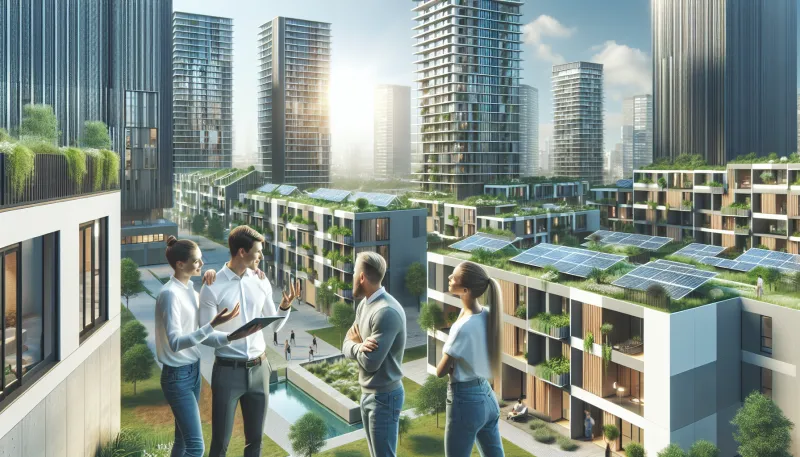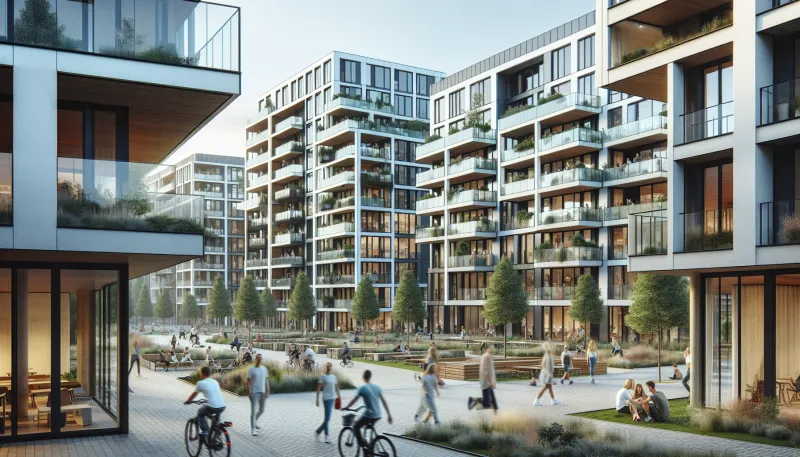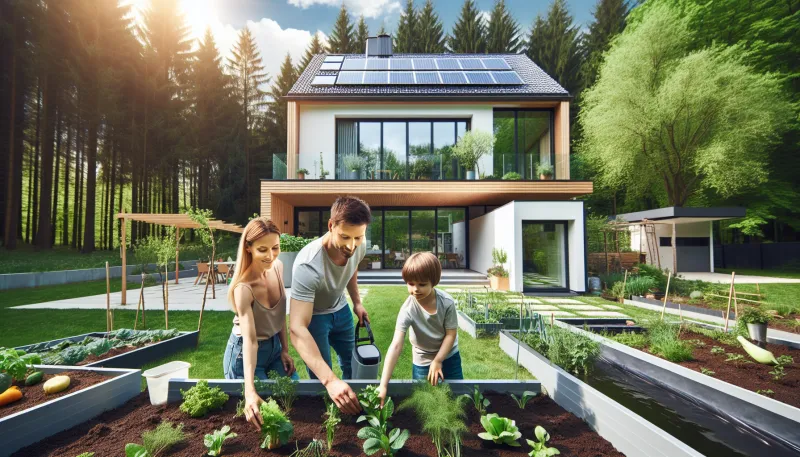
Innovations and challenges shaping the future of affordable housing in global cities
As global cities continue to expand at an unprecedented pace, the demand for affordable housing has reached critical levels. Urban populations are growing, income disparities are widening, and traditional housing models struggle to keep up with changing needs. This article explores the evolving landscape of affordable housing, highlighting innovative approaches, policy developments, and technological advancements that may define its future in metropolitan areas worldwide.
- The growing demand for affordable housing in urban centers
- Policy frameworks encouraging inclusive housing development
- The role of public-private partnerships in housing projects
- Innovative financing models to expand affordability
- The impact of technology and modular construction
- Addressing social equity through participatory housing design
- Sustainability and resilience in affordable housing projects
- Leveraging data analytics to optimize housing strategies
- Challenges of gentrification and displacement in affordable housing efforts
The growing demand for affordable housing in urban centers
Rapid urbanization has led to a surge in the number of residents in major cities, placing enormous pressure on housing markets. Many cities face a mismatch between supply and demand, driving prices beyond the reach of low- and middle-income households. This persistent shortage not only affects individuals and families but also hampers economic growth and social stability as affordability becomes increasingly elusive.
Policy frameworks encouraging inclusive housing development
Governments worldwide are rethinking housing policies to promote inclusivity. This includes zoning reforms to allow higher-density developments, incentives for developers to build affordable units, and implementing rent control measures. Tools such as inclusionary zoning have become instrumental in integrating affordable housing within affluent neighborhoods, fostering diverse and resilient urban communities.
The role of public-private partnerships in housing projects
Collaboration between the public and private sectors is increasingly vital for delivering affordable housing at scale. Governments provide land and financing support, while private developers bring expertise and innovation. These partnerships can expedite project timelines, reduce costs, and leverage shared risks, resulting in more effective housing solutions tailored to local needs.
Innovative financing models to expand affordability
Traditional financing often restricts affordable housing initiatives due to high costs and uncertain returns. New models such as social impact bonds, community land trusts, and micro-mortgages are helping to bridge funding gaps. These approaches distribute risk and align investor returns with social outcomes, enabling sustainable development of affordable housing stock.
The impact of technology and modular construction
Advances in technology and building methods are revolutionizing affordable housing construction. Modular and prefabricated building components reduce labor costs and construction times significantly. Additionally, digital planning tools improve design efficiency, while smart home technologies can lower living expenses and enhance sustainability for residents.
Addressing social equity through participatory housing design
Engaging future residents and communities in the design process ensures that affordable housing meets real needs. Participatory design practices help address cultural preferences, accessibility, and social cohesion. This approach fosters a sense of ownership, improves living conditions, and strengthens neighborhood bonds.
Sustainability and resilience in affordable housing projects
Integrating sustainability into affordable housing is crucial as cities face environmental challenges. Green building materials, energy-efficient systems, and climate-resilient designs reduce ecological footprints and lower utility costs for occupants. Resilient infrastructure also safeguards vulnerable populations from disasters and long-term climate impacts.
Leveraging data analytics to optimize housing strategies
Data analytics and geographic information systems (GIS) enable cities to make informed decisions about affordable housing allocation and development. By analyzing demographic trends, income distributions, and spatial patterns, policymakers can better target investment, anticipate needs, and monitor program effectiveness over time.
Challenges of gentrification and displacement in affordable housing efforts
While affordable housing initiatives aim to improve access, they can unintentionally contribute to gentrification and displacement. Rising property values following new developments may push out original residents. Mitigating these effects requires comprehensive strategies including tenant protections, community land ownership, and long-term affordability guarantees to preserve neighborhood diversity.
Tommy is a property-passionate journalist who covers the forces shaping housing and the built environment. With a data-driven approach and a reporter’s curiosity, he writes on market cycles, urban development, PropTech, and policy—always connecting numbers to everyday lives. [Name]’s work blends clear analysis with on-the-ground reporting to help readers navigate trends, opportunities, and risks across residential and commercial real estate.







